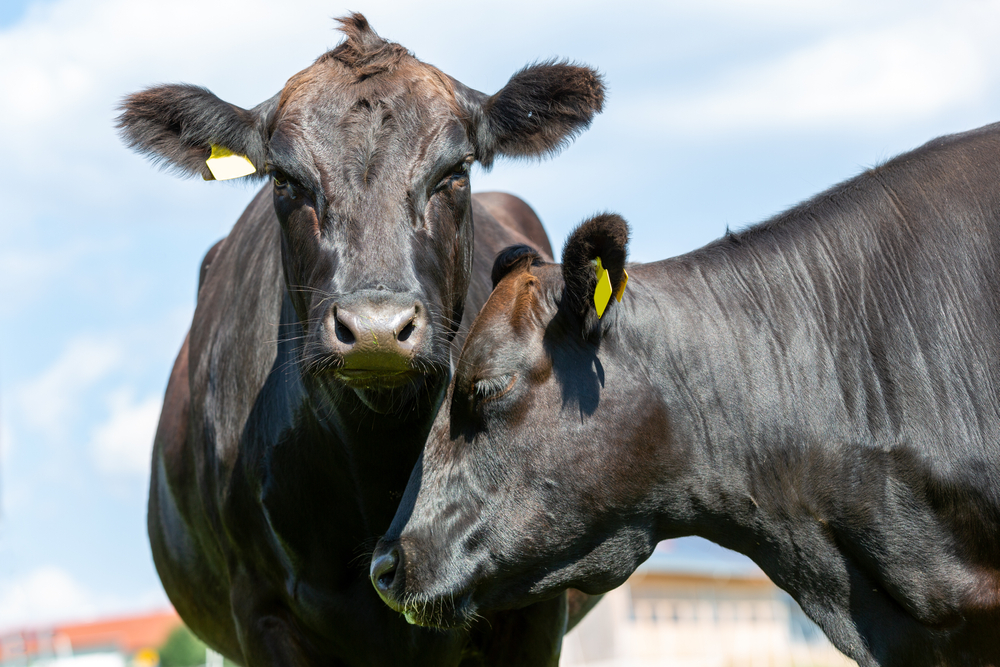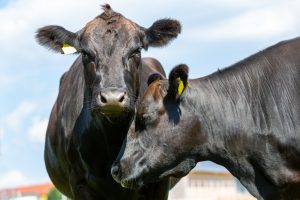

Feeding cattle is an essential part of raising them properly. A well-planned feeding routine can ensure that your cattle receive the right balance of nutrients to maintain their health and productivity. However, determining the right feeding routine can be complicated. Here is everything you need to know about the feeding routine for cattle.
What to Consider in Feeding Cattle
Before determining a feeding routine for cattle, you must consider the following:
- The breed of the cattle and their purpose (beef or dairy)
- Their age and weight
- The quality of the feed
- The season and weather conditions
- The sex of the cattle
There are three types of cattle feeds that owners can choose from:
- Forage: This primarily consists of grass or alfalfa hay, the most common feed provided to cattle.
- Concentrate: This feed can contain grains like corn or barley or commercially prepared pellets.
- Roughage: This feed is high in fiber and usually comes from feeds like alfalfa or hay.
Designing a Feeding Program For Cattle
Developing a comprehensive feeding program for cattle may require the services of a nutritionist. If you lack nutrition expertise, you may consider seeking the assistance of a veterinarian or a livestock feed supplier in developing an adequate feeding program. Below are some guidelines that can assist in designing a feeding program for cattle.
1. Meet the Cattle’s Nutritional Needs
Every stage of a cow’s life has specific nutritional requirements. A cow’s diet should be tailored to meet those unique needs. Here is a breakdown of feeding requirements as per cattle age:
- Calves (0-3 months): A liquid diet of milk or milk replacer is all that’s necessary for growing calves in the first few months.
- Growing Heifers (3-10 months): Continuation of the heifer’s milk diet is necessary while gradually introducing forage and concentrate feeds.
- Pregnant Heifers: From 6 to 9 months of gestation, pregnant heifers need better-quality forage, which must be supplemented with concentrate feeds.
- Lactating Cows: Producing milk for their offspring’s consumption requires more energy and protein from forage, which must be supplemented with concentrate feeds.
- Dry Cows: Cows that are not lactating can return to a forage-based diet.
2. Monitor the Cattle’s Body Condition
Body condition scores (BCS) are the standards for evaluating cattle’s body condition, ensuring they are receiving adequate nutrition. The BCS scales judge the amount of fat cover on specific areas of a cow’s body and are usually rated on a scale of one to nine. Cows considered to be in peak form must rate between four and six. A BCS of less than four implies that a cow is undernourished, while a BCS more than six indicates that the cow may be overfed. Consistently monitoring a cow’s BCS regularly is an effective way to determine if it’s receiving the required diet and if adjustments are necessary.
3. Focus on the Forage
Roughage, essentially forage, provides the cow’s primary energy and protein source, including hay, silage, and pasture grasses. When cows are fed hay, they should consistently receive clean water. Generally, hay should be high-quality, free of mold, and stored in an easily accessible location. The type and quality of pasture for grass-fed beef will vary, depending on soil fertility, rainfall, the variety of grasses grown, and the farmers’ rotation schedule.
4. Concentrate Feeds
Concentrate feeds are usually formulated with a combination of grains, protein meals, minerals, and vitamins. When purchasing commercial feed for livestock, one must consider protein quality, digestibility, and how much the feed will cost. The amount of concentrate feed given to cows depends on body size, rate of gain, and milk production.
5. Control Feeding Time
Cattle are creatures of habit and appreciate predictable feeding times. Introducing a traditional feeding regime helps to keep cows’ hormones consistent, leading to more efficient weight gains, better milk quality, and easier conception rates.
Contact David Woods Hay Service
At David Woods Hay Service, we understand that the feeding habits of your cattle play a significant role in their overall health. Our commitment is to provide our customers with quality hay products that meet and exceed their needs. You can count on us if you need quality hay for your livestock. We carry various types of hay in bale sizes suited to large-scale hay consumers in need of high-quality feed for their cattle. Contact us today to learn more.
